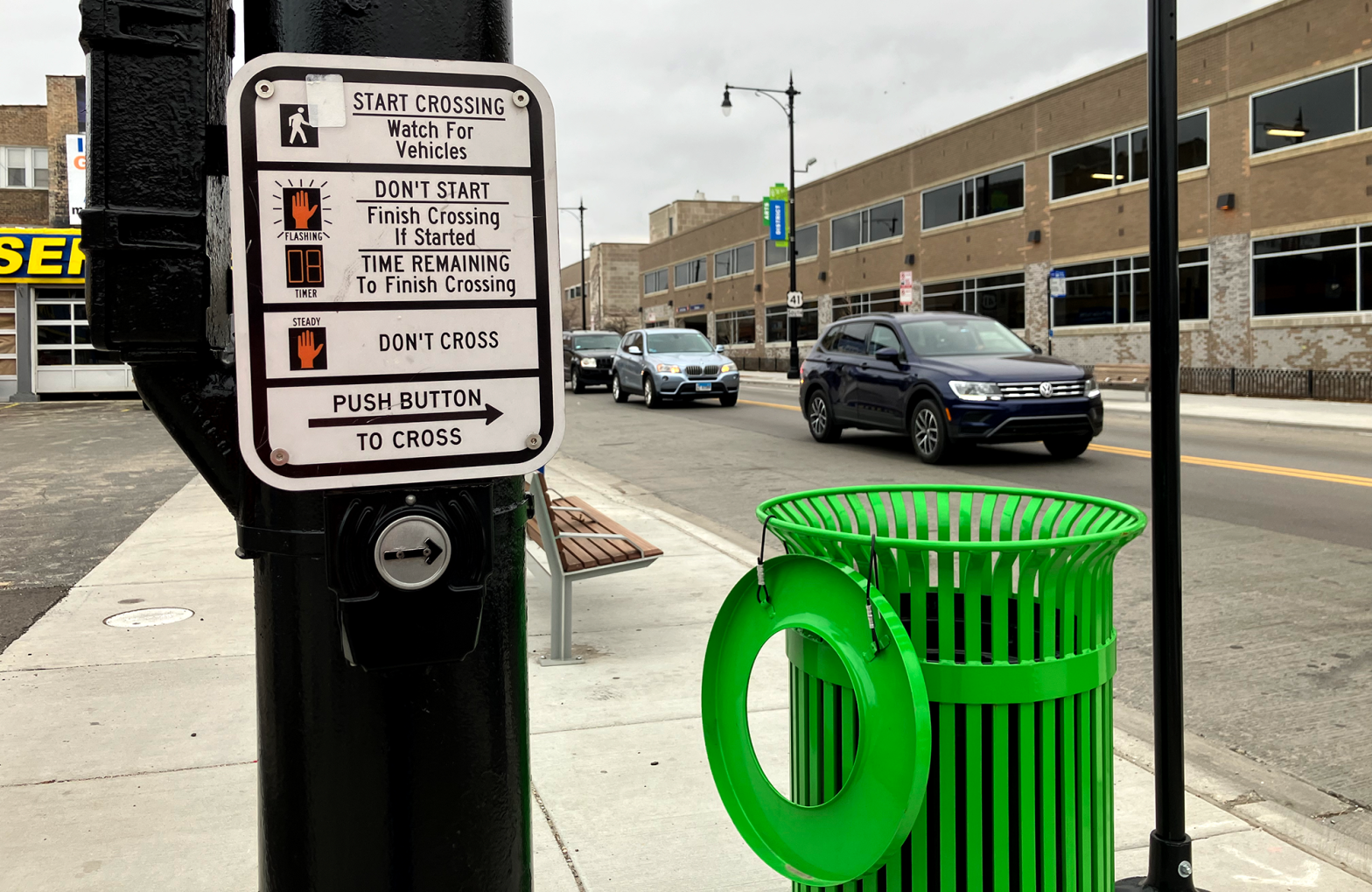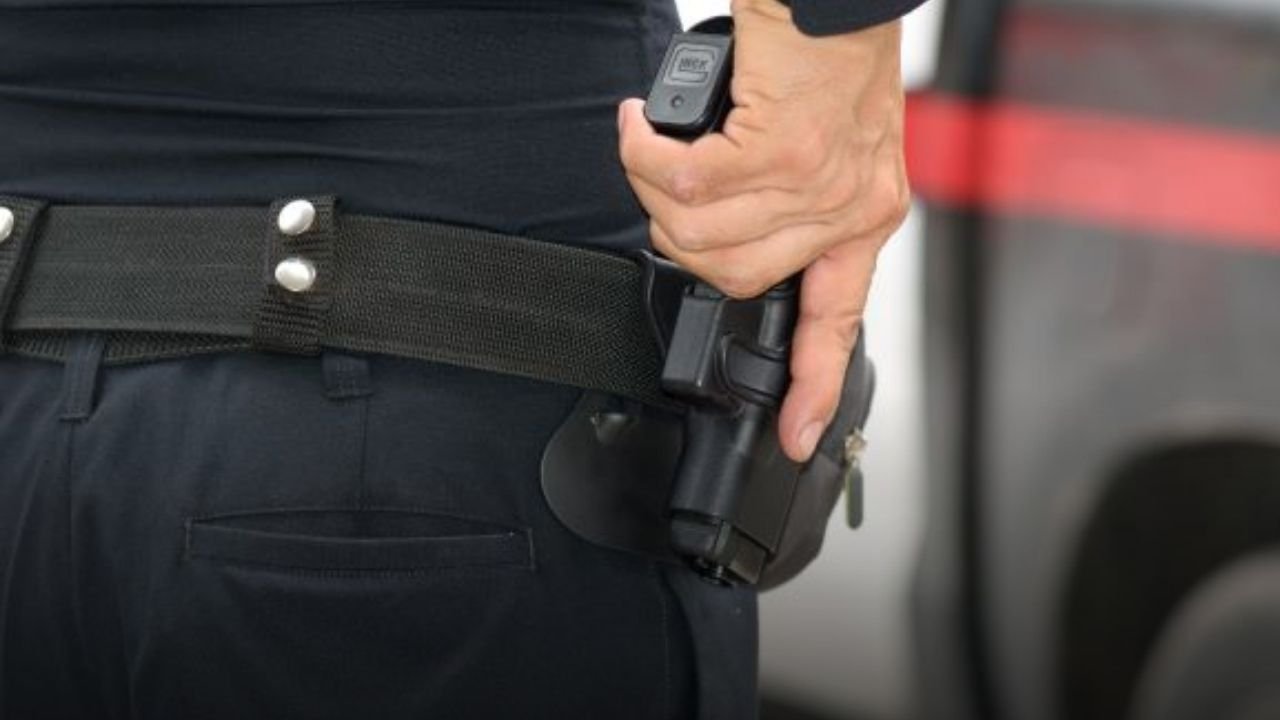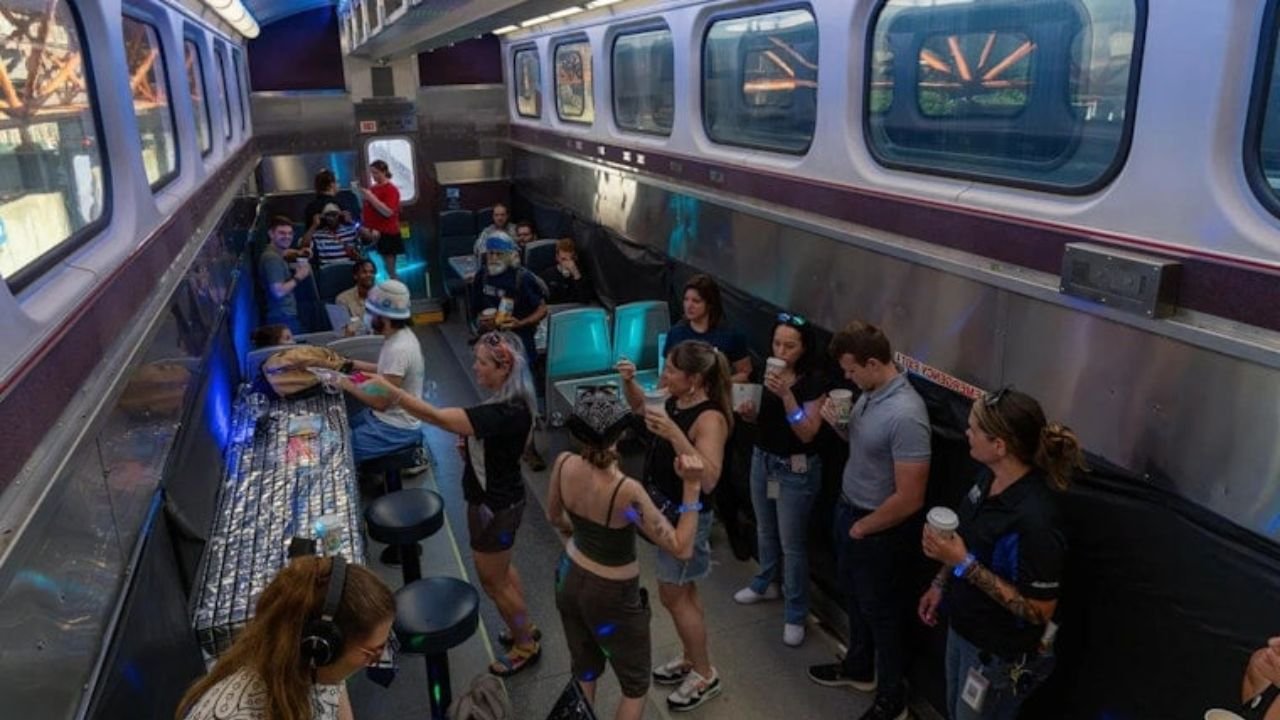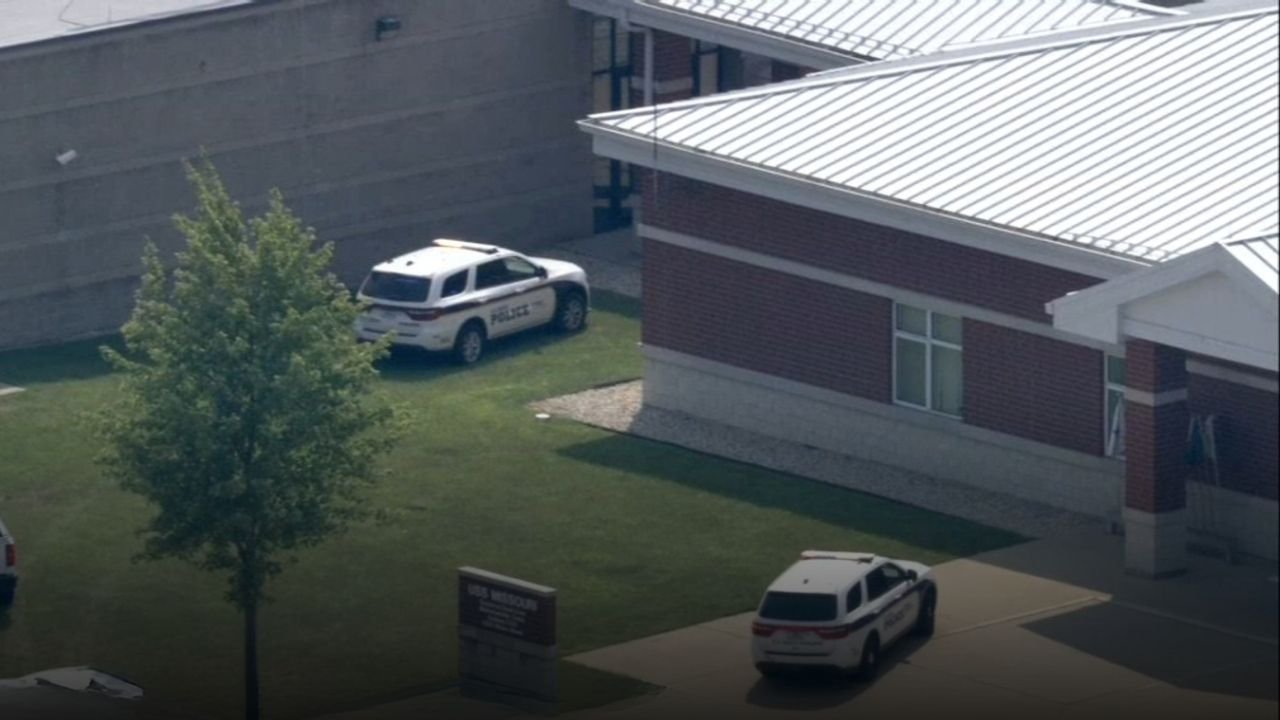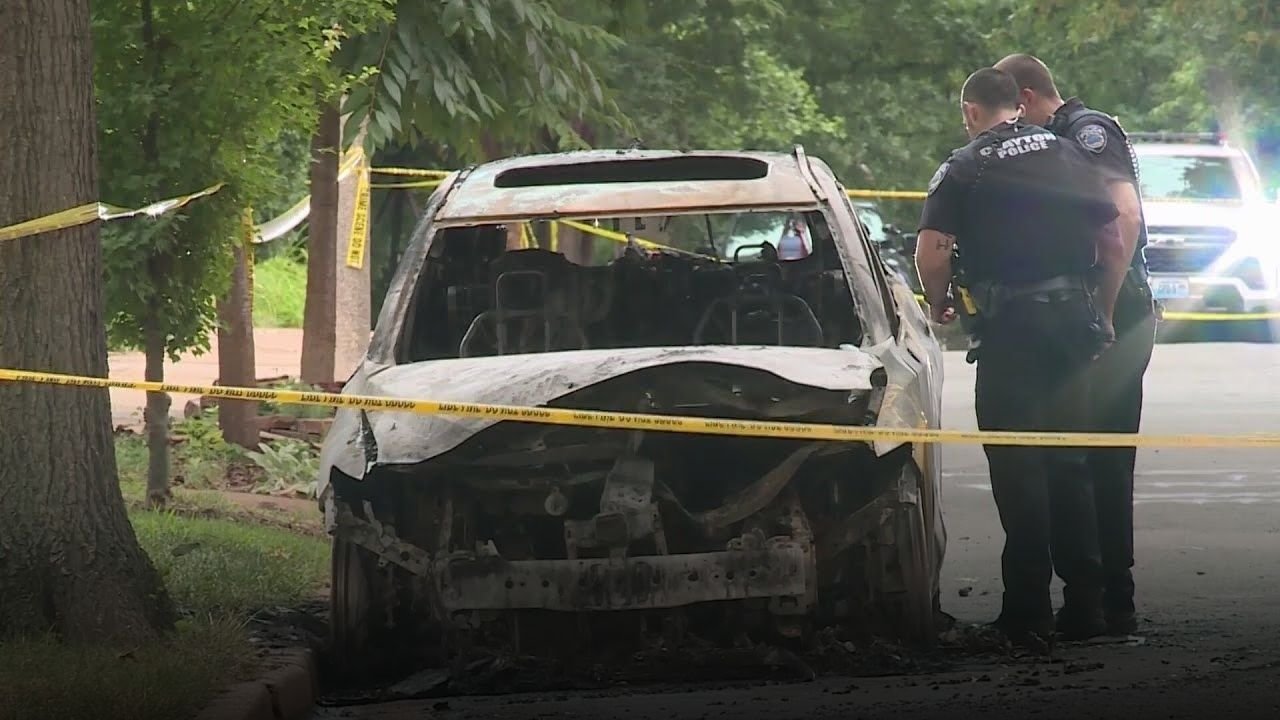CHICAGO — A federal judge has ordered the city of Chicago to install more than 1,700 accessible pedestrian crosswalk signals over the next 10 years to assist blind and visually impaired residents in navigating the city safely. The decision follows a 2019 class-action lawsuit filed by the American Council of the Blind of Metropolitan Chicago and other advocates.
Why The Order Was Issued
The lawsuit alleged that Chicago was violating both the Americans with Disabilities Act and the Rehabilitation Act by failing to offer meaningful access to its pedestrian signal system for those with vision impairments. U.S. District Judge LaShonda Hunt ruled in favor of the plaintiffs and finalized the installation plan on May 28, 2025.
Judge Hunt stated in court documents that the city had been found “liable for violating” the law by not providing sufficient accessible infrastructure. This legal outcome builds on a 2023 ruling by Judge Elaine E. Bucklo, who said that more than 65,000 Chicagoans with vision impairments faced daily dangers due to the city’s reliance on traditional (non-audible) signals.

Installation Timeline And Requirements
Under the order:
- The city must retrofit at least 71% of signalized intersections with accessible pedestrian signals (APS) within 10 years.
- The remaining intersections must be updated in the following five years, unless Chicago can prove they already offer sufficient access.
- A minimum annual quota of installations will be required.
- Community members will be able to request specific intersections for prioritized upgrades.
- Intersections considered “most dangerous” will be prioritized automatically.
A federally appointed independent monitor will oversee compliance and progress reporting.
How The Signals Will Work
Accessible pedestrian signals provide audio tones and vibrating surfaces to indicate when it’s safe to walk. These upgrades are vital for individuals who cannot rely on visual cues alone.
At present, only 85 APS units exist across Chicago’s 2,800 signalized intersections, according to officials from the Chicago Department of Transportation (CDOT).
CDOT spokesperson Erica Schroeder emphasized that all new and ongoing signal projects are already being built to meet accessibility standards:
“Our prioritization will focus on intersections with outstanding public requests, those near public transit, public facilities, and intersections known for their dangerous conditions,” Schroeder said.
Oversight and Accountability
The judge’s order requires the city to form an Accessible Pedestrian Signal Citizen Advisory Committee, which will include:
- CDOT representatives
- Members of the Mayor’s Office for People with Disabilities
- Representatives from Chicago’s blind and low-vision community
This group will meet quarterly to monitor and guide the city’s progress.
A Long-Delayed Promise
While promises to expand accessible signaling date back to 2008, the city has repeatedly failed to meet goals. Disability advocates have long pushed for action, citing both safety and basic equity.
Ray Campbell, president of the Illinois Council of the Blind, welcomed the ruling:
“This decision should send a strong message to communities across the country — pedestrian safety must include people who are blind or visually impaired.”
Key Takeaways
- Chicago must install 1,700+ audible crosswalk signals by 2035.
- The ruling stems from a class-action lawsuit filed in 2019.
- Only 85 accessible signals currently exist out of 2,800 intersections.
- Upgrades will prioritize dangerous crossings, public facilities, and community requests.
- The project will be monitored by an independent federal overseer and a local advisory board.
Do you think Chicago is doing enough to make its streets safe for all residents — including those with disabilities? Have you or a loved one struggled with inaccessible public infrastructure? Share your experiences and opinions in the comments.

